How to Make an IR Object Sensor With Arduino
by goks_lf in Circuits > Arduino
57869 Views, 38 Favorites, 0 Comments
How to Make an IR Object Sensor With Arduino

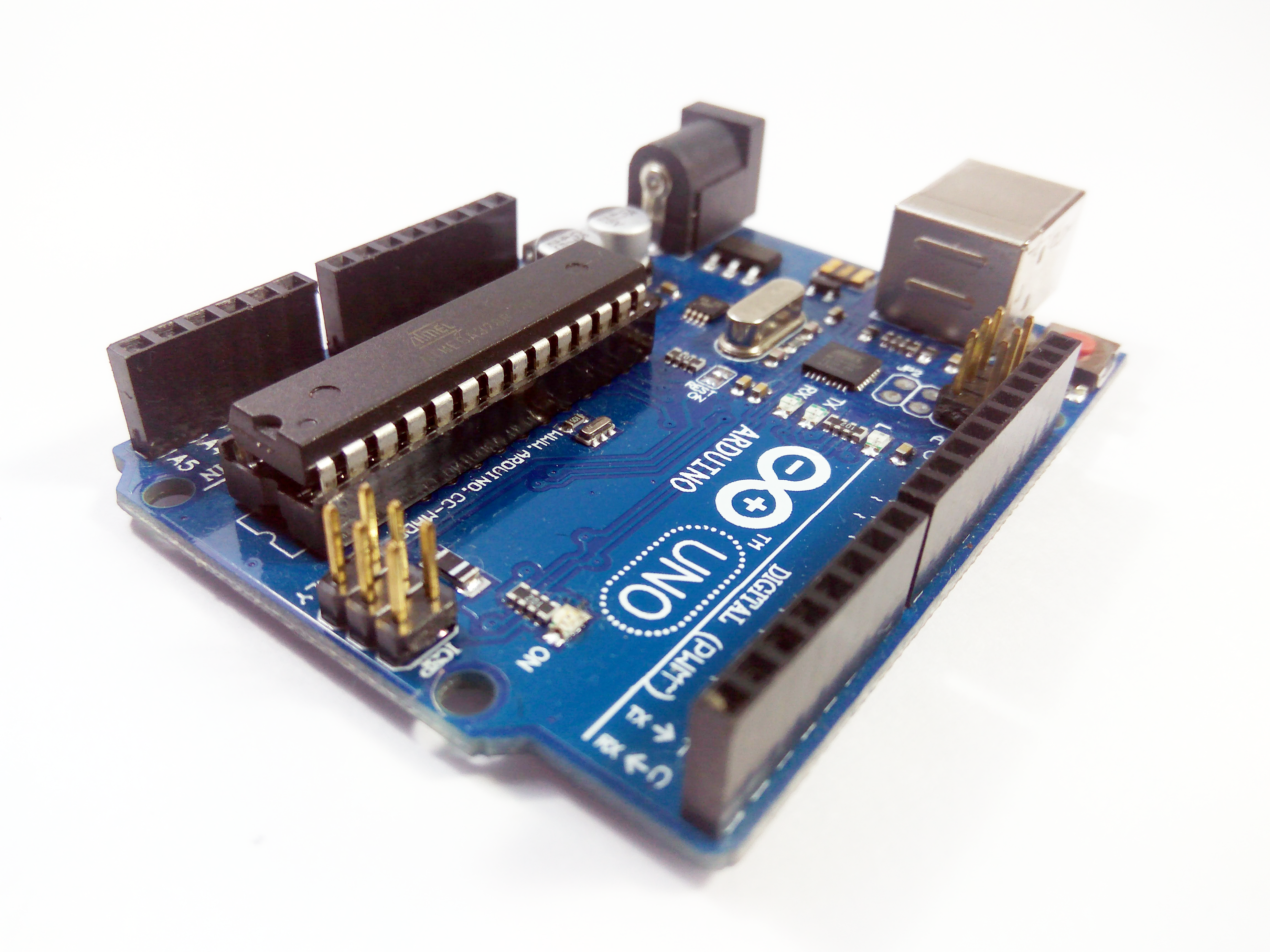
An IR sensor is an electronic instrument used to sense certain characteristics of its surroundings by either emitting and/or detecting Infrared radiation. Infrared sensors can also measure heat emitted by an object and detect motion. Few of the key applications of the IR sensor are:
- Night Vision Devices
- Line Follower Arrays
- Motion Detectors
One of the popular uses of the IR sensor in the DIY Electronics Community is for the line follower robots and ping sensors. So, in this Instructable I'll show you how to make an IR sensor which can detect objects and can be used in simple applications.
I'll also be using this same IR sensor in a few upcoming projects.
Components Required
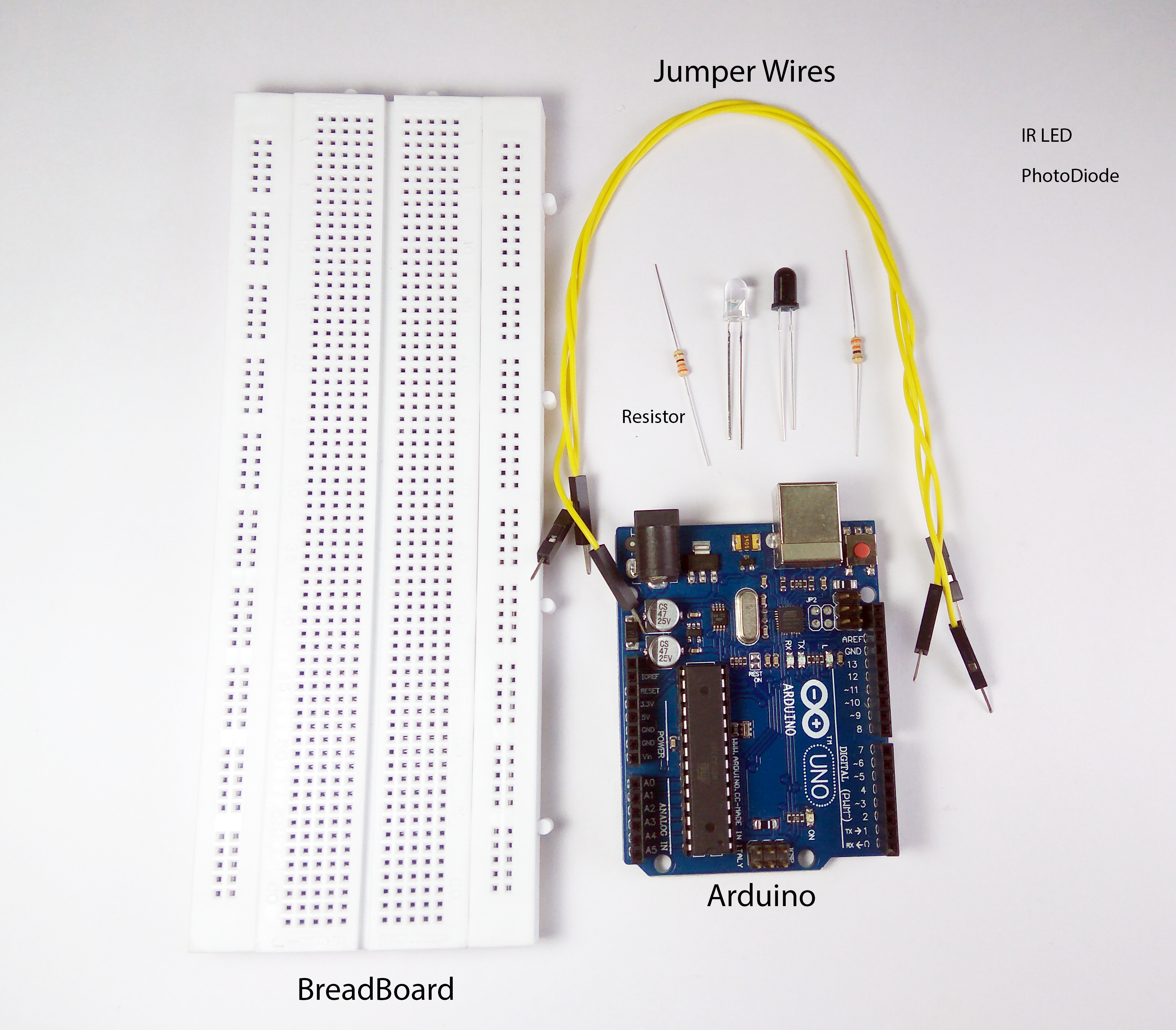

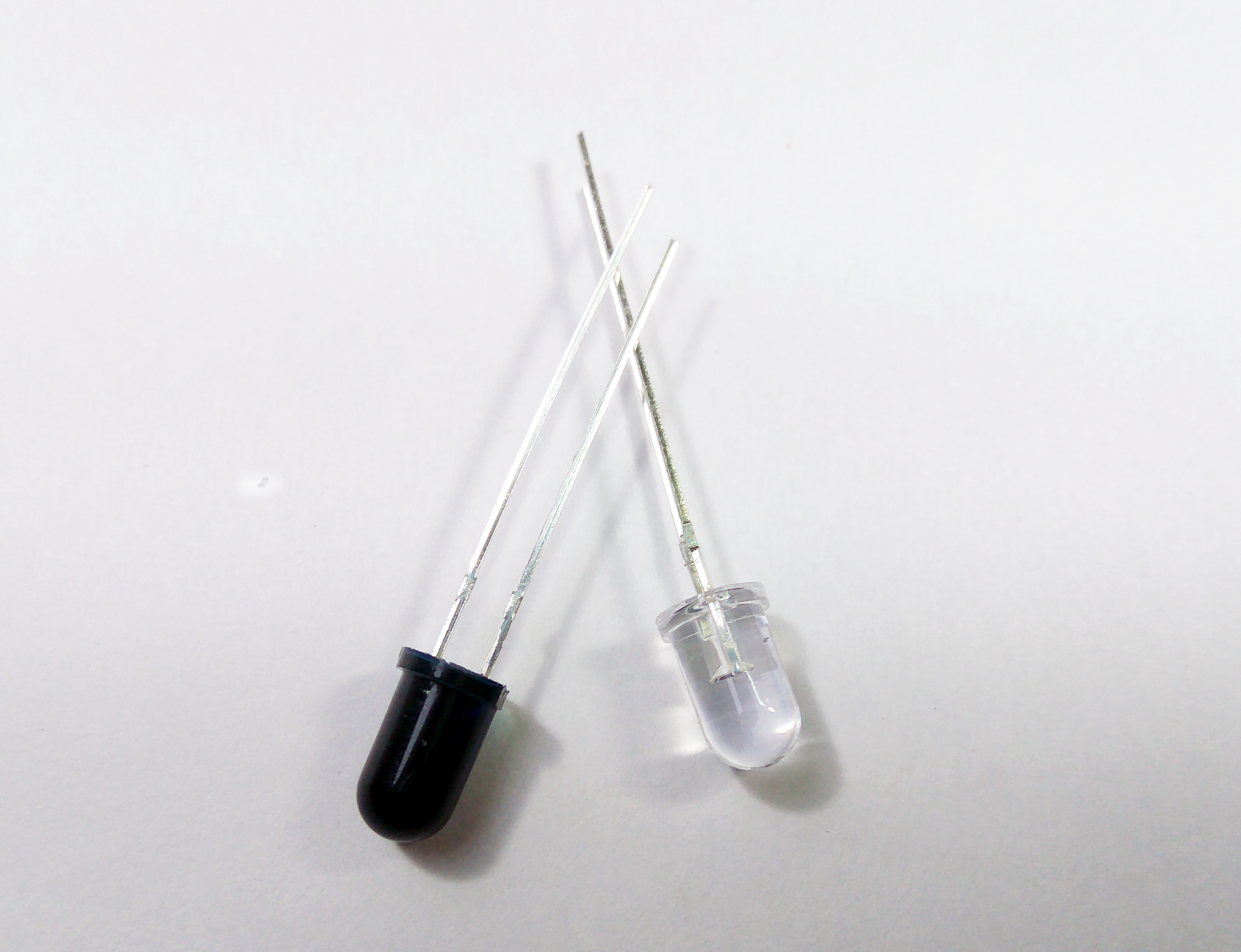
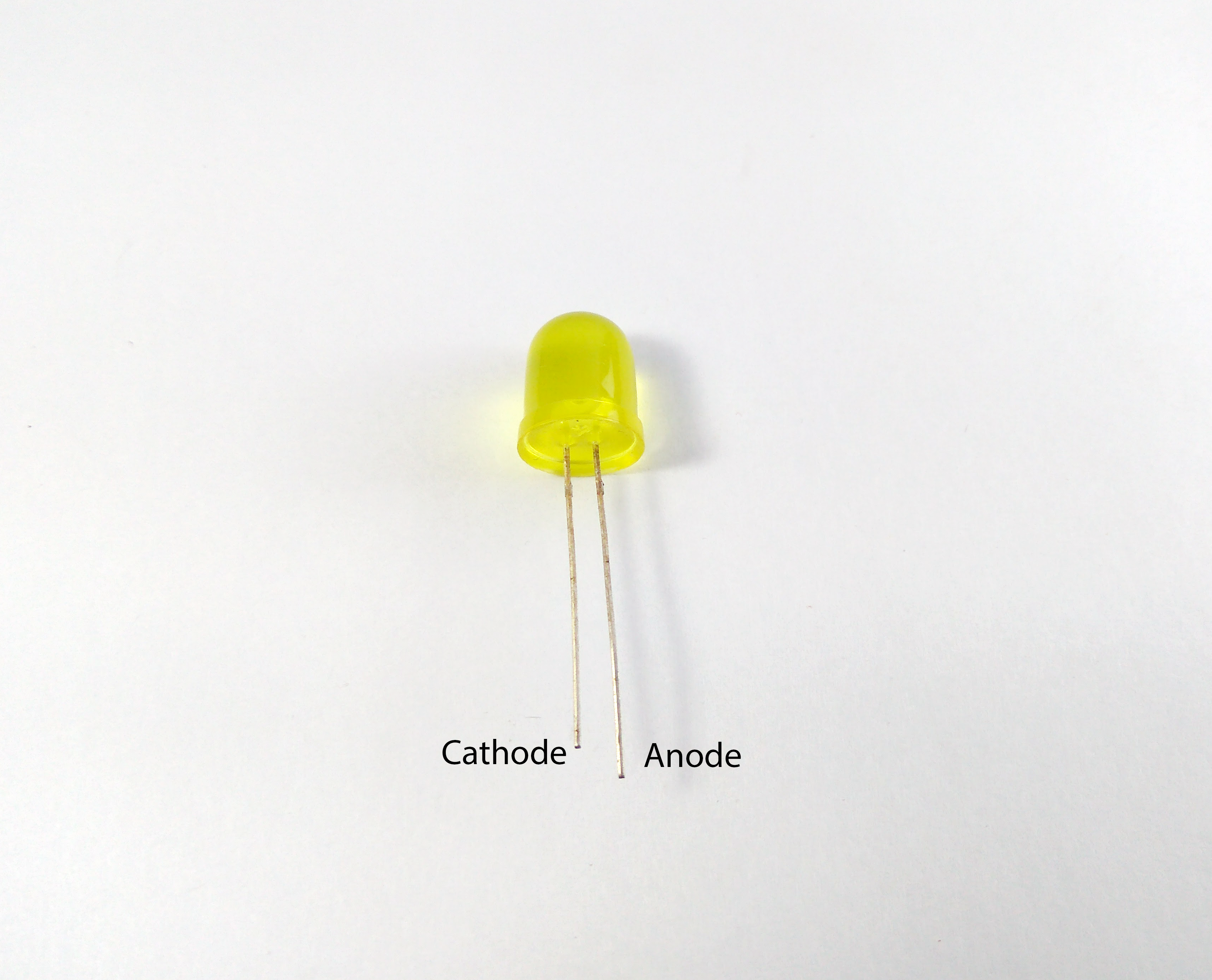
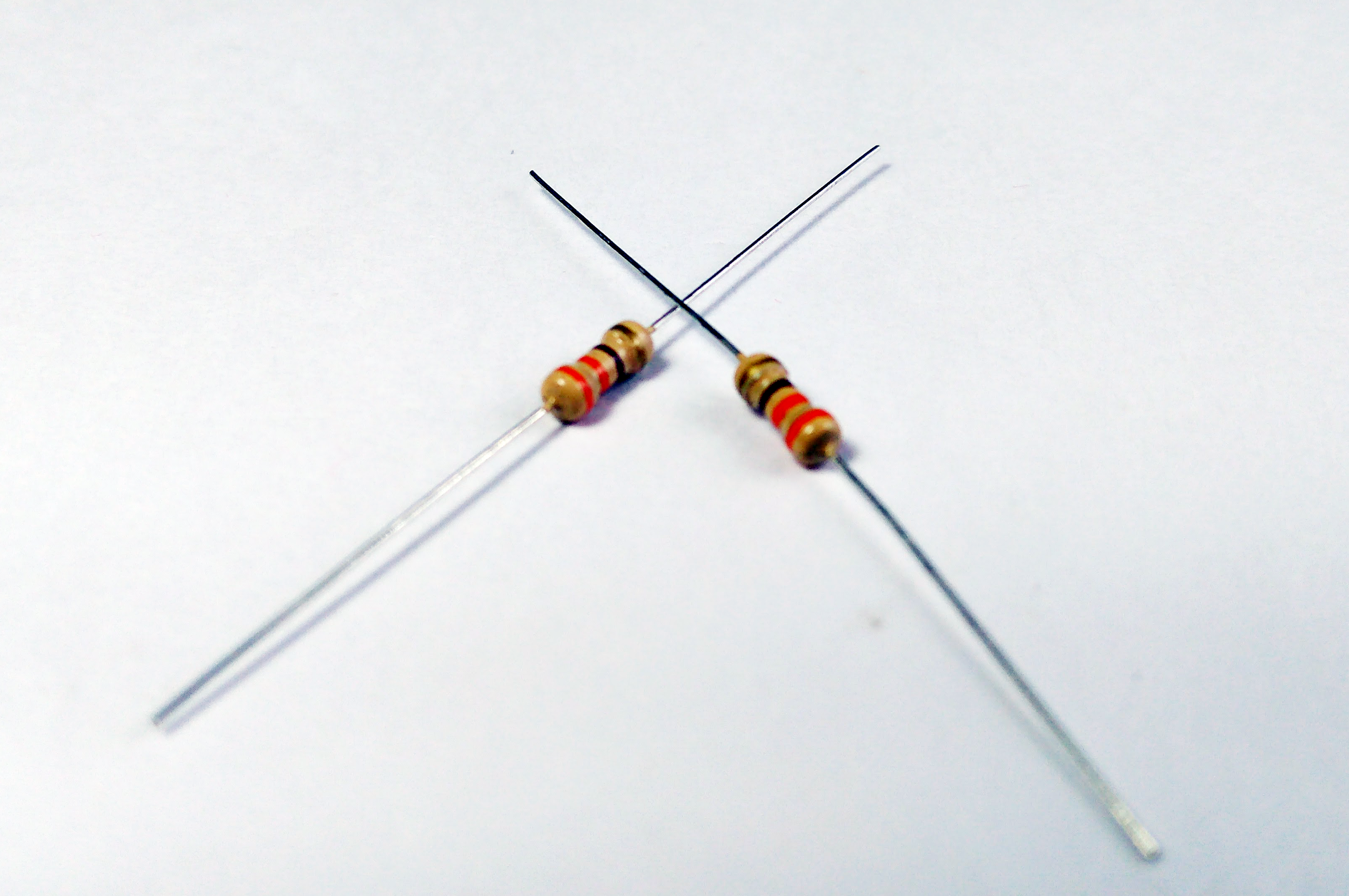
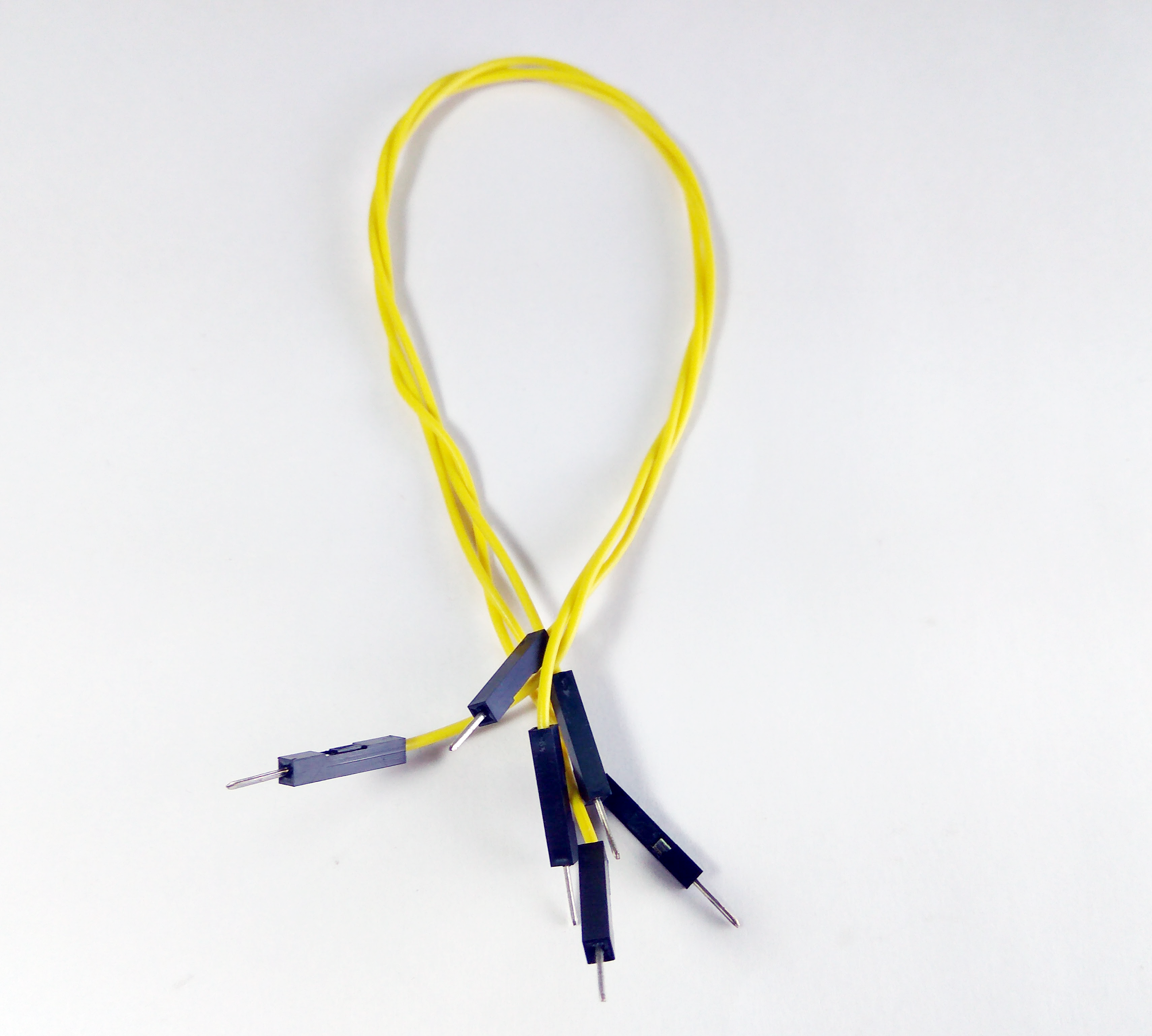
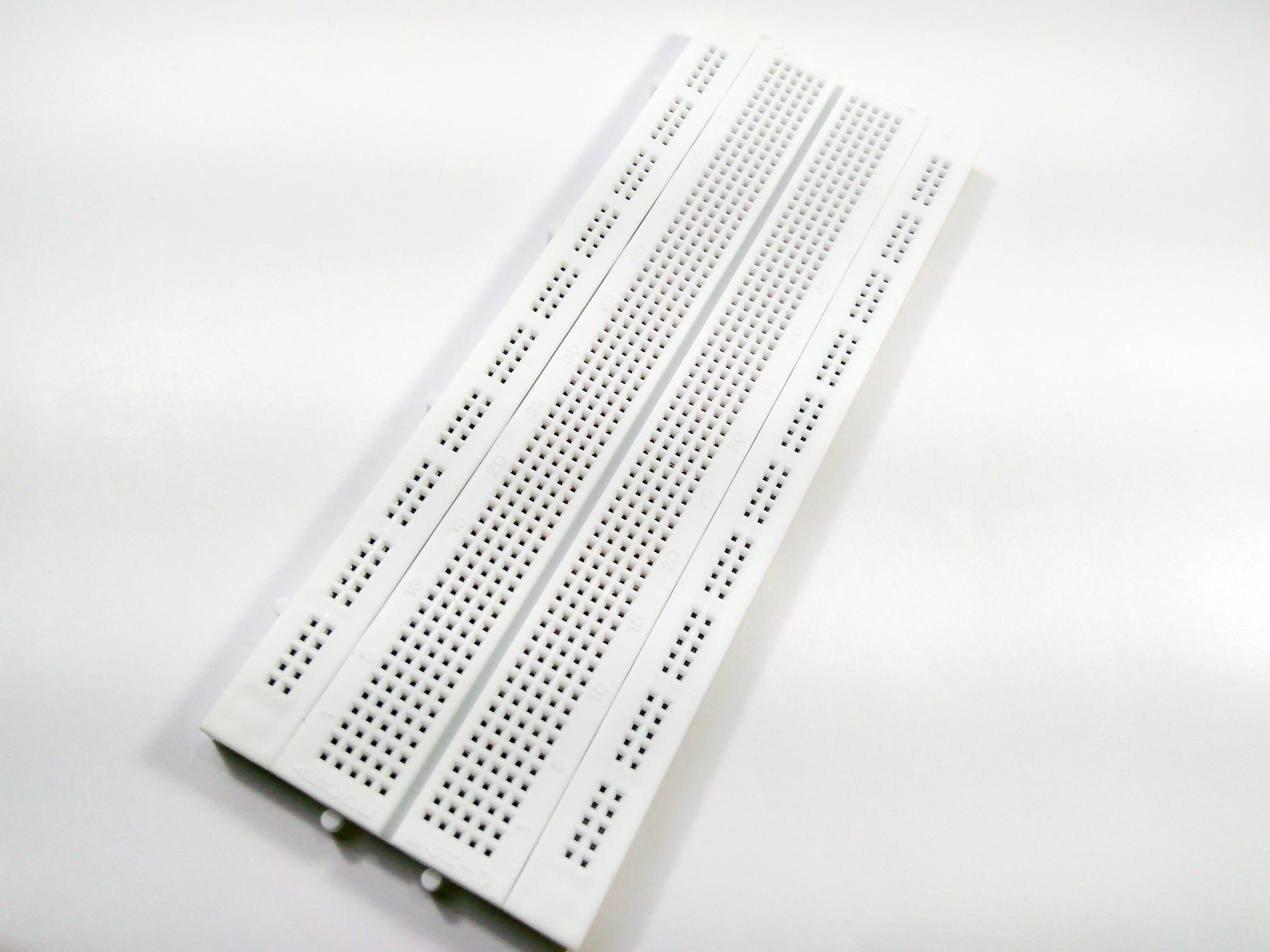
These are the things you need to make an IR object sensor:
- Arduino Uno
- IR transmitter
- IR Receiver
- Resistors 220 Ohm (2 nos)
- LED
- BreadBoard
With all these, we're ready to get going.
IR Transmitter-Receiver Pair
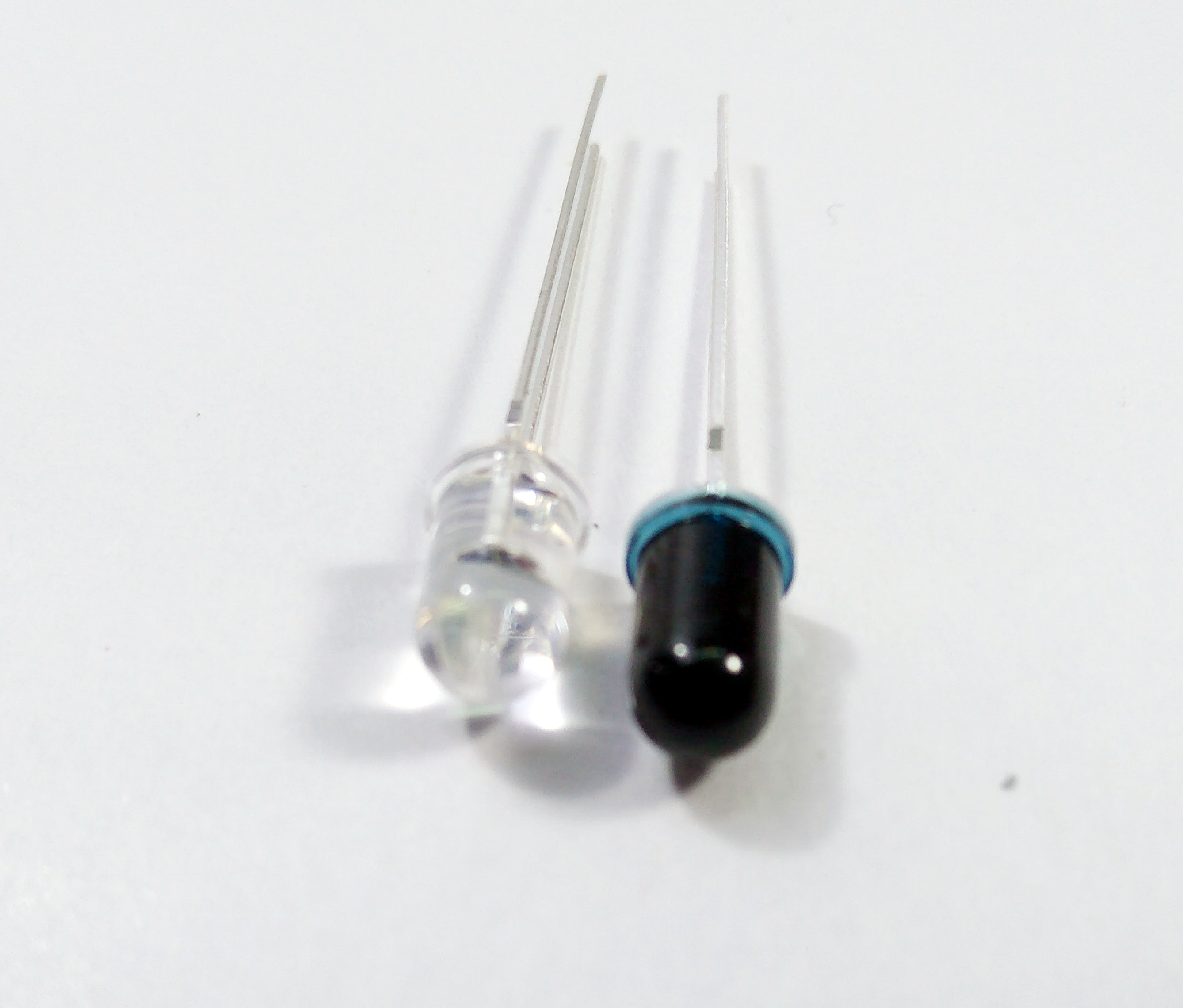
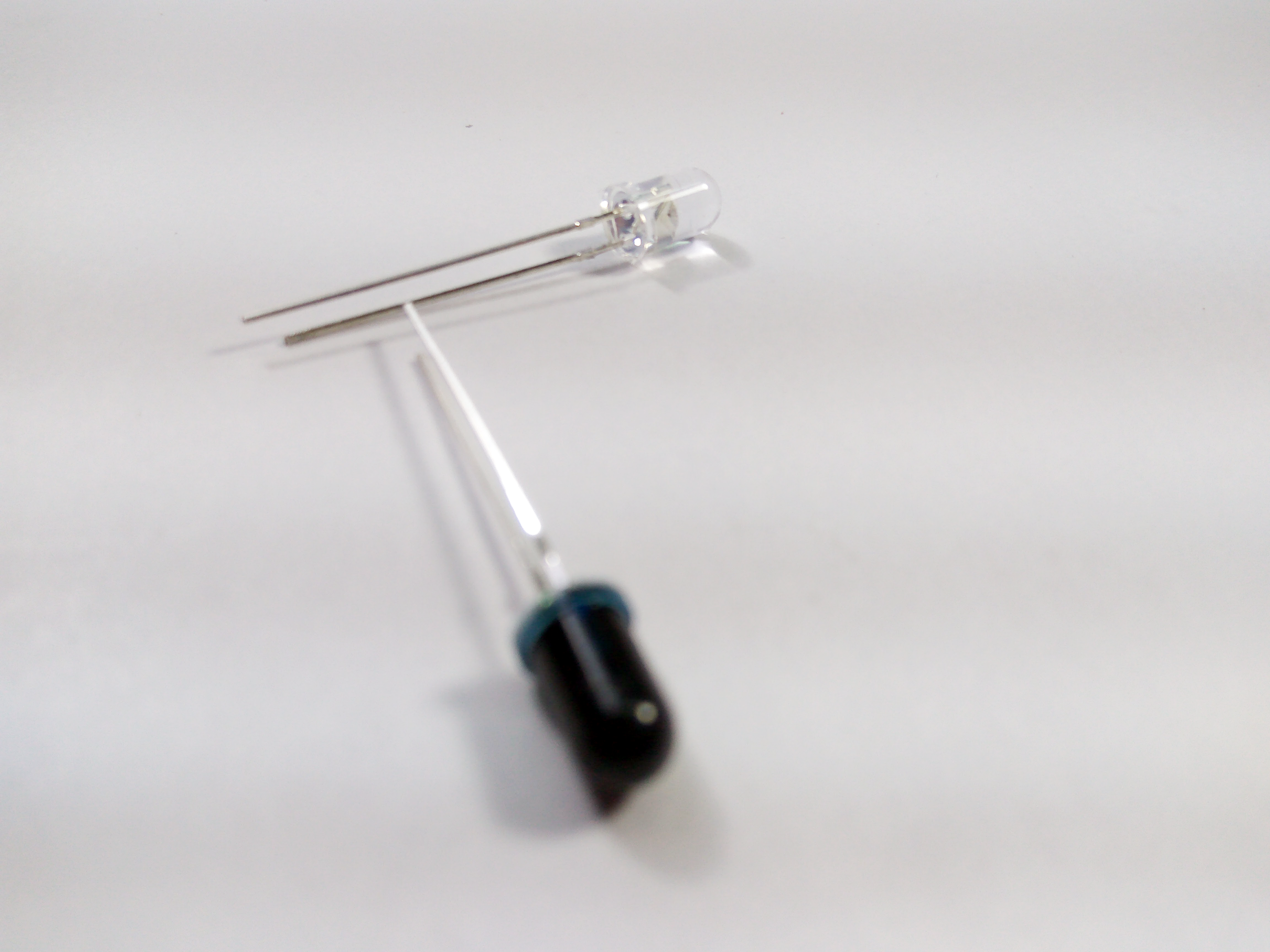
IR LED emits infrared light, means it emits light in the range of Infrared frequency. We cannot see Infrared light through our eyes, they are invisible to human eyes. The wavelength of Infrared (700nm – 1mm) is beyond the normal visible light. We can see them through a camera though.
An IR photo-diode can be used as an IR Receiver. The IR radiation emitted by the emitter is reflected from the object is caught by the emitter and a voltage is produced. This is how an object is detected.
Like all regular LEDs, for the IR Emitter and the Receiver, the longer leg is the anode and the shorter one is the cathode.
The Circuit
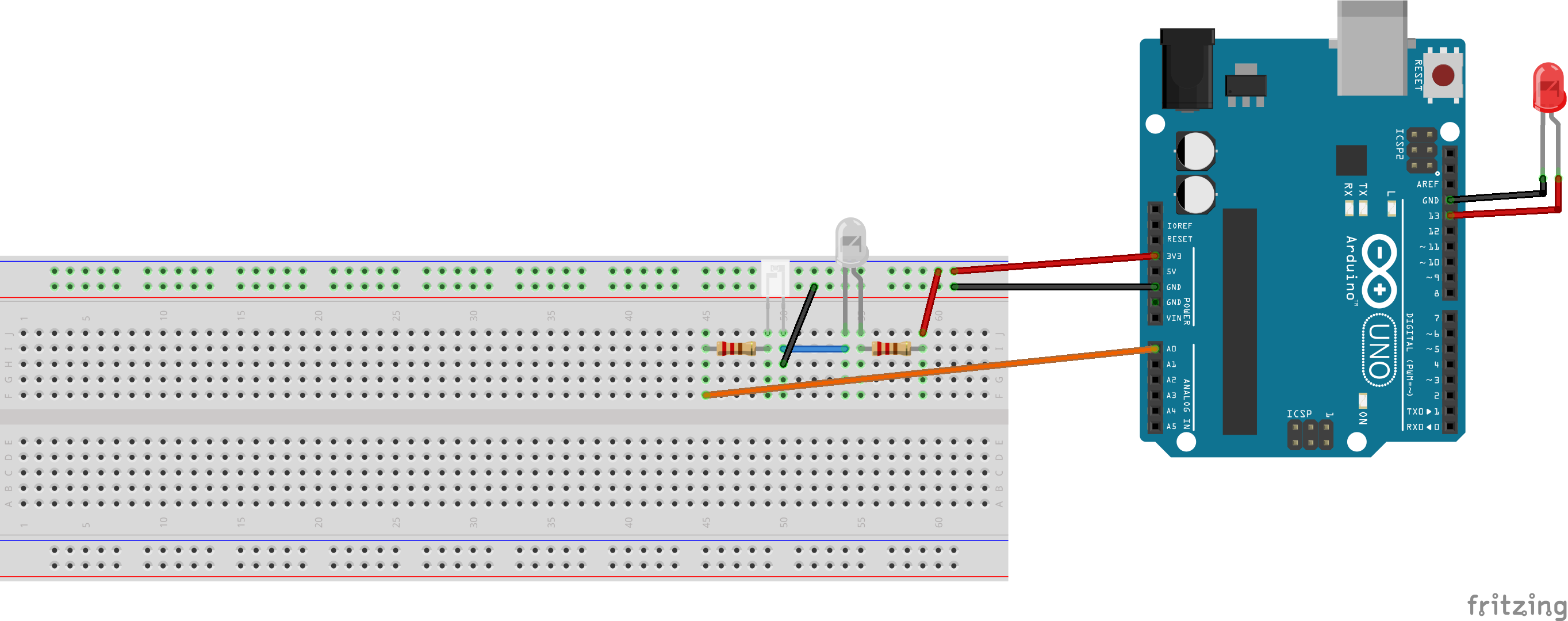
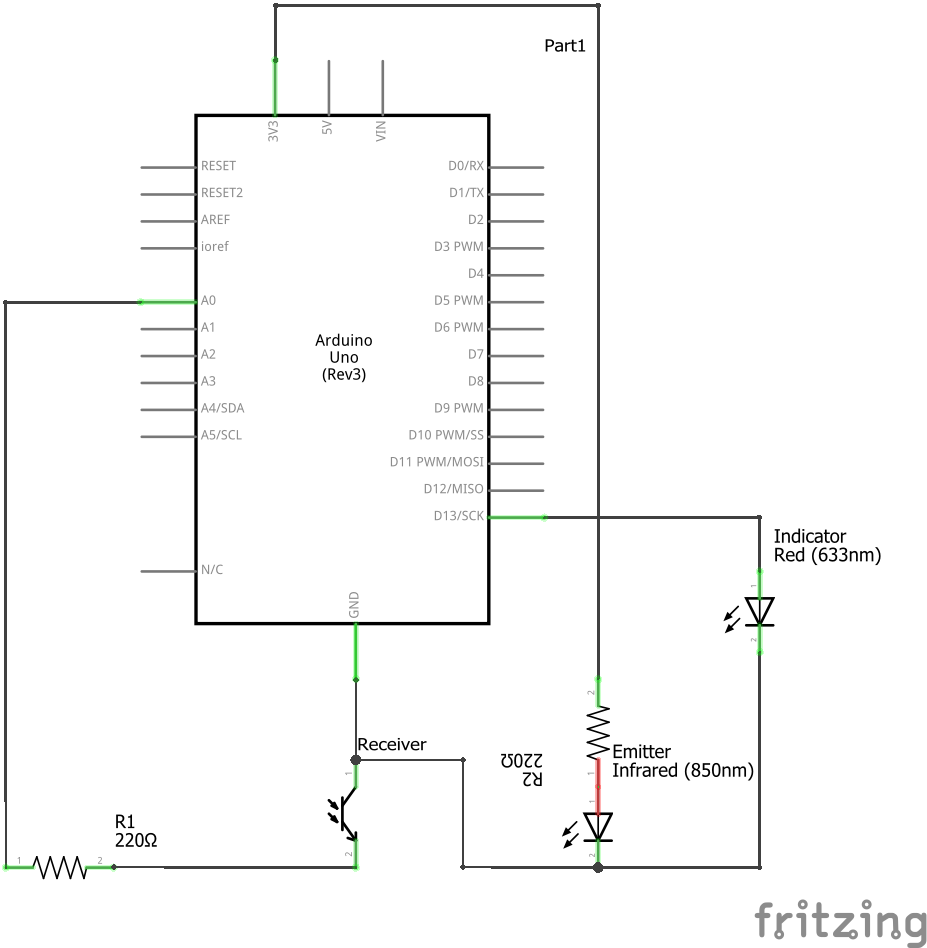
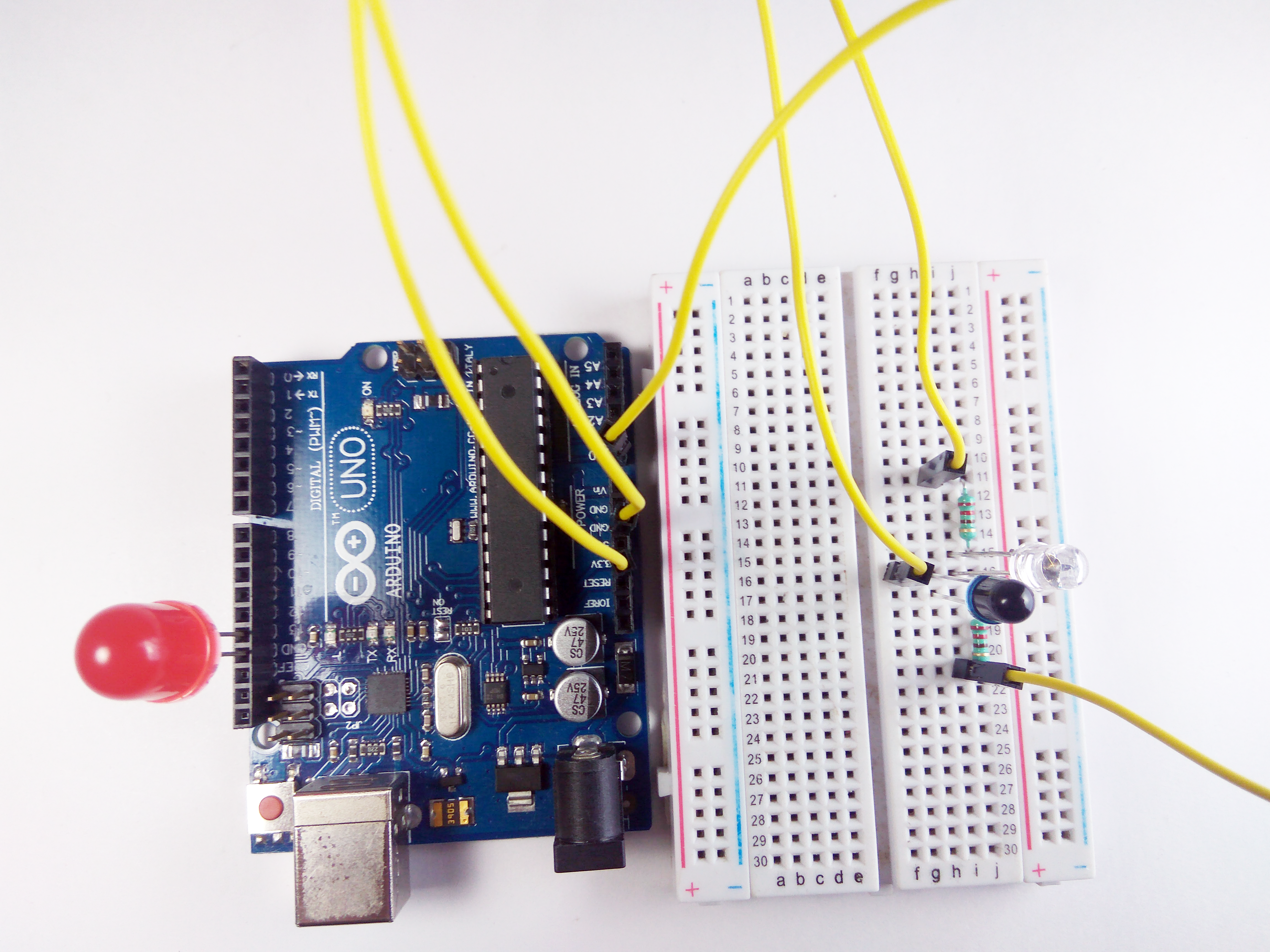
Follow the schematic to make the circuit. Here, the voltage produced by the IR Receiver is converted from analog to digital and is used as a reference to know whether the object is detected or not. This pic can be called as the signal pin. An LED is used to indicate the detection of the object.
Calibration
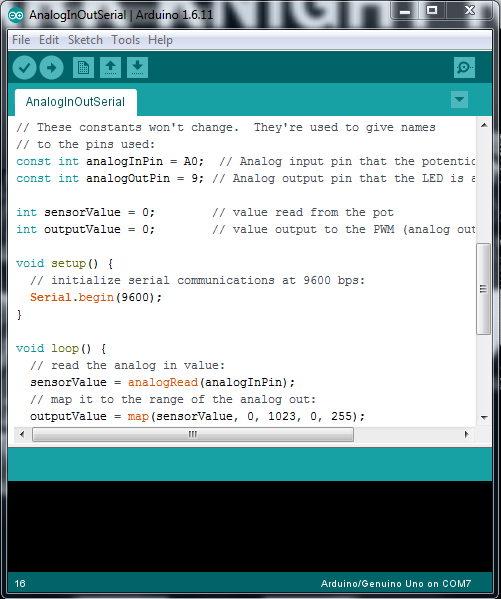
Before we move on to the actual code, we need to calibrate the sensor. This is needed because the Signal received is in analog form, and we need to convert that to digital form and use that to turn ON/OFF the indicator LED.
To view the analog values from the sensor, upload the Analog In Out Serial from the Example sketches. Now you can see the values sent from the sensor. You can see the change in values if you bring an object in front of the sensor. Using these values set a threshold. Use this threshold value to judge whether there is an object in front of the sensor.
The Code
const int analogInPin = A0; // Analog input pin that the receiver is attached toint sensorValue = 0; // value read from the receiver
void setup() { // initialize serial communications at 9600 bps: Serial.begin(9600); //initialize the indicator LED: pinMode(13, OUTPUT); }
void loop() { // read the analog in value: sensorValue = analogRead(analogInPin);
// print the results to the serial monitor: Serial.print("\nsensor = "); Serial.print(sensorValue); //the threshold found fron analog In Out program was when object is detected, the sensor value is below 100 //set the threshold whihc you get //the threshold varies for different sets of emitter-receiver pairs if(sensorValue < 100){ //checks if object is there or not digitalWrite(13, HIGH); Serial.print("\nObject Detected"); } else{ digitalWrite(13, LOW); Serial.print("\nNo object in Front"); } delay(500); }
Uploading and Testing
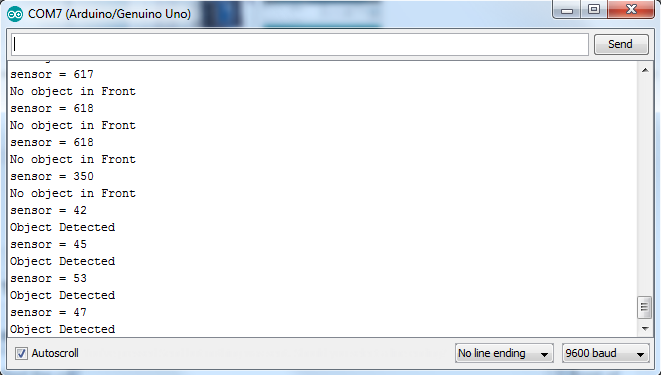
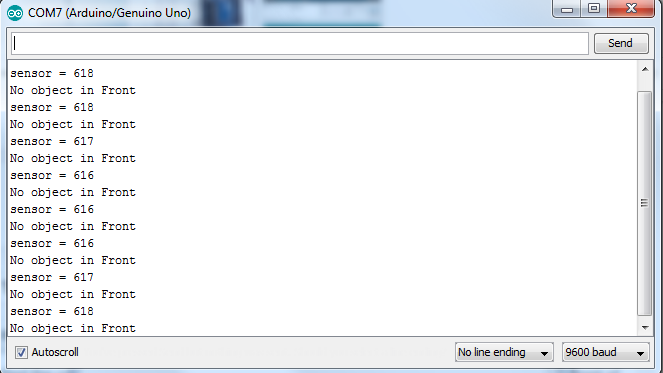
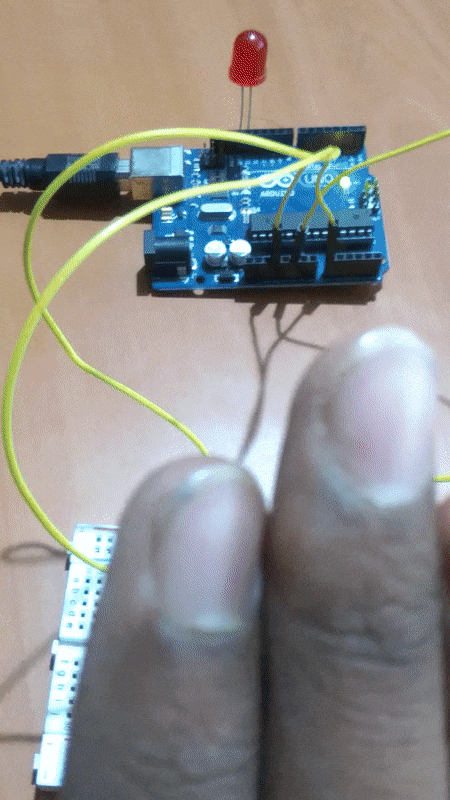
Once you have verified the code, upload it to the Arduino. Now, it's time to test it. If you bring an object in front of the sensor, you should see the LED turn on. You can also see the message being displayed on the Serial Monitor. This means that you have made an IR object sensor.
This sensor can be used in automatic doors, automatic flushes and many other places.
That's All Folks !!! Stay tuned for More!!
If you have any questions, please leave them in the comments below !!